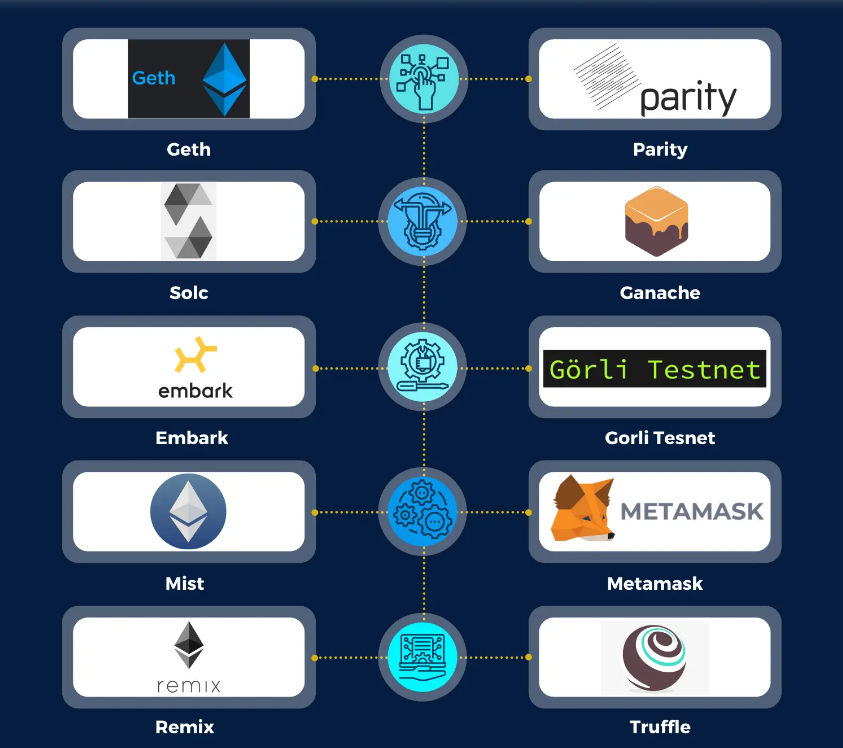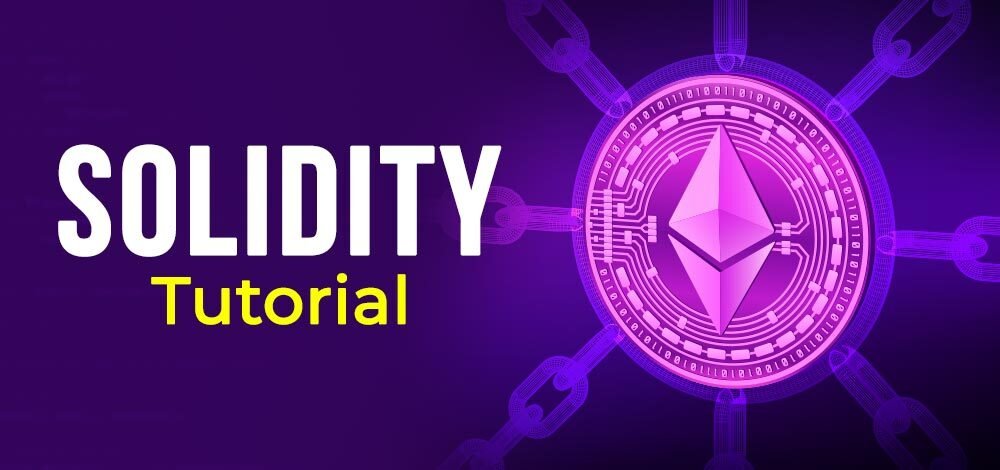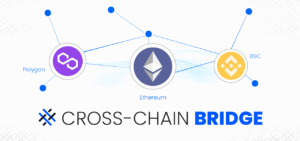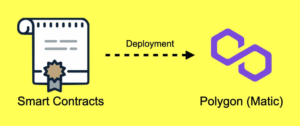Smart contracts are the heart of Ethereum, powering decentralized apps (DApps) like DeFi platforms and NFT marketplaces. Written in Solidity, these self-executing programs run on the blockchain, making them secure and transparent. If you’re a developer curious about blockchain, this beginner-friendly guide will walk you through Solidity programming and help you build your first smart contract. Let’s dive in!

What Is Solidity?
Solidity is a programming language designed for writing smart contracts on Ethereum. It’s similar to JavaScript, with a syntax that’s easy to pick up if you’ve coded before. Solidity lets you create contracts that automatically execute actions—like transferring funds or updating data—when specific conditions are met.
For example, a Solidity contract could act like a crowdfunding platform: it collects funds until a goal is reached, then releases them to the project owner. Learning Solidity opens the door to building these kinds of decentralized solutions.
Why Build Smart Contracts?
Smart contracts are a big deal because they:
- Eliminate Middlemen: No need for banks or brokers—contracts execute automatically.
- Ensure Transparency: Code runs on the blockchain, visible to everyone.
- Power DApps: From crypto games to lending platforms, smart contracts are the backbone.
For developers, Solidity is a high-demand skill, with opportunities in blockchain startups, finance, and more.
Tools You’ll Need
Before coding, set up your environment. Here’s what you need to get started:
- Remix IDE: A browser-based tool for writing, testing, and deploying Solidity contracts. Access it at remix.ethereum.org.
- MetaMask: A wallet to connect to Ethereum test networks. Download it from metamask.io.
- Text Editor (Optional): Visual Studio Code works great for local development.
- Testnet ETH: Use a test network like Sepolia to deploy contracts without real money.
With these tools, you’re ready to write your first smart contract.

Step-by-Step: Building Your First Smart Contract
Let’s create a simple smart contract called SimpleStorage that stores and retrieves a number on the Ethereum blockchain. We’ll use Remix IDE for its ease of use. Follow these steps to build and deploy your contract!
Step 1: Open Remix IDE
Visit Remix IDE and create a new file named SimpleStorage.sol. Remix is beginner-friendly, with a built-in editor, compiler, and deployment interface.
Step 2: Write the Solidity Code
Here’s the code for our SimpleStorage contract:
// SPDX-License-Identifier: MIT
pragma solidity ^0.8.0;
contract SimpleStorage {
uint256 public storedNumber;
constructor() {
storedNumber = 100;
}
function setNumber(uint256 _number) public {
storedNumber = _number;
}
function getNumber() public view returns (uint256) {
return storedNumber;
}
}
Let’s break down the code:
pragma solidity ^0.8.0;: Specifies the Solidity version for compatibility.uint256 public storedNumber;: A state variable to store a number on the blockchain.constructor(): Initializes the number to 100 when the contract is deployed.setNumber(): A function to update the stored number.getNumber(): A function to retrieve the stored number.
Step 3: Compile the Contract
In Remix, go to the “Solidity Compiler” tab. Choose version 0.8.0 or higher and click “Compile SimpleStorage.sol”. If there are no errors, your contract is ready to deploy.
Step 4: Deploy to a Test Network
Set up MetaMask with the Sepolia testnet and get test ETH from a faucet like sepoliafaucet.com. In Remix, go to the “Deploy & Run Transactions” tab, select “Injected Provider – MetaMask,” and click “Deploy.” Approve the transaction in MetaMask.
Once deployed, you’ll see your contract in Remix. Try calling setNumber with a new value (e.g., 42) and getNumber to check the stored value. You’re now interacting with the Ethereum blockchain!

Key Solidity Concepts for Beginners
Now that you’ve built a contract, here are a few Solidity concepts to understand:
- State Variables: Data stored permanently on the blockchain, like
storedNumber. - Visibility: Keywords like
publicorprivatecontrol who can access functions or variables. - Gas Fees: Every action on Ethereum costs gas, paid in ETH. Keep your code efficient to save costs.
These basics will help you write more complex contracts as you progress.
Why Learn Solidity?
Solidity programming is a gateway to the booming blockchain industry. Here’s why it’s worth your time:
- Build DApps: Create apps for DeFi, NFTs, or gaming, like Aave or OpenSea.
- High Demand: Blockchain developers are sought after in tech, with competitive salaries.
- Innovate: Use smart contracts to solve real-world problems, from supply chain tracking to secure voting.
Your first contract is a step toward mastering these opportunities.
Tips for Better Smart Contracts
To improve your Solidity skills, follow these tips:
- Test Extensively: Use Remix’s testing features or frameworks like Truffle to catch bugs.
- Learn Security: Study common vulnerabilities, like reentrancy, using resources like SWC Registry.
- Optimize Gas: Write concise code to reduce transaction costs.
These practices will make your contracts safer and more efficient.
Next Steps for Solidity Developers
You’ve built your first smart contract—great job! Here’s how to keep learning:
- Explore Advanced Solidity: Learn about events, structs, and mappings in Solidity’s Documentation.
- Build a DApp: Combine your contract with a front-end using Web3.js or Ethers.js.
- Join Communities: Connect with developers on Ethereum Stack Exchange or Ethereum’s Discord.
Keep coding and experimenting to grow your blockchain expertise.
Conclusion
Building your first smart contract with Solidity is an exciting introduction to Ethereum development. Using Remix IDE, you’ve created a contract that stores and retrieves data on the blockchain. This guide is just the start—Solidity unlocks a world of decentralized possibilities.
Try modifying your contract, exploring testnets, or joining the Ethereum community. Got questions or want to share your project? Leave a comment below!






















